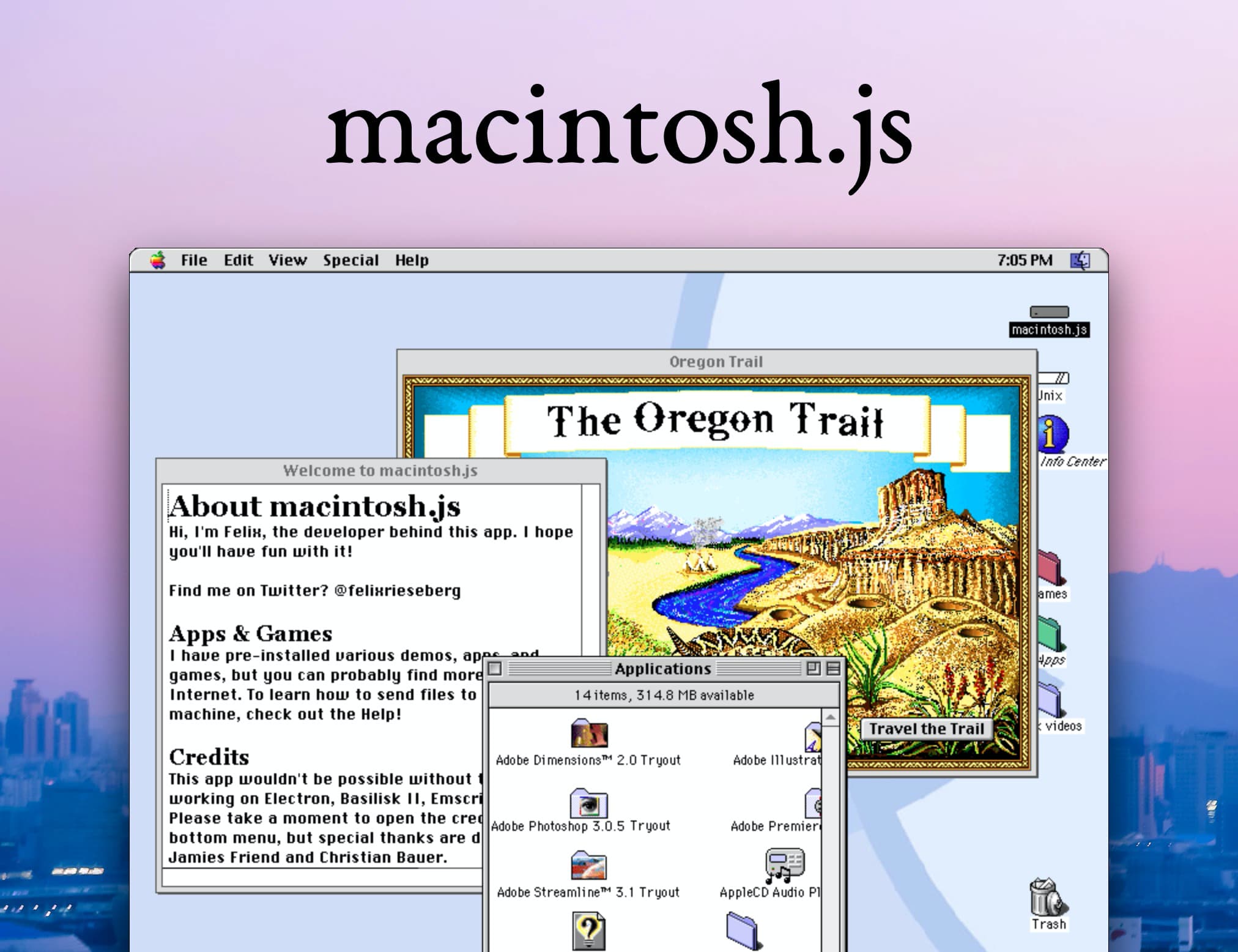Three types of downloads are available from Adobe.com:
Mar 24, 2020 Opening PDF files in Safari on the Mac allows them to be easily downloaded and saved to the computer, here’s how the process works: Open Safari on the Mac if you haven’t done so yet Go to the PDF file in Safari that you want to save to the Mac With the PDF file open in Safari, pull down the “File” menu and choose “Save As”. Jul 24, 2016 The Finder menu bar also provides quick access to the Mac Downloads folder. From anywhere in the Finder, simply pull down the “Go” menu and choose “Downloads” If you prefer to use keystrokes, you can hit Command + Option + L within the Finder to jump to the Downloads folder as well. Go to Downloads Folder from Finder Sidebar. Looking to download safe free versions of the latest software for Mac, freeware, shareware and demo programs from a reputable download site? Visit FileHippo today. In Safari on your Mac, if a download seems like it failed, try these suggestions. Gofor files free download - Recover Files, Express Files, Recover My Files, and many more programs.
- Current versions of apps for purchase
- Trial downloads
- Previous versions of apps purchased via electronic software download (ESD)
Log in to your Adobe ID account to download an app that you purchased from the Adobe online store, or to download a previous version of an app. A history of your ESD purchases from the Adobe Store is available in your Adobe account.
Note:
Important: If you purchased a previous version of an Adobe software product on disc, you cannot download the app from Adobe.com.

Access your Adobe ID account online, and sign in with your Adobe ID and password.
In the navigation bar at the top, click the Plans tab.
Under Order History, click the order number for the app you are looking for.
On the order page, under Items, find the app you want to download, and click Downloads and serial numbers.
When you download an app from Adobe.com, you choose a location to save the software. If you can’t remember where you saved the files, try the following solutions.
Note:
If you downloaded an app using Internet Explorer 7 on Windows Vista, your download could have been virtualized. See Can’t find or start the download installer.
Check the location where your browser automatically saves downloaded files:
- Internet Explorer (Windows): C:...[user name]My DocumentsDownloads, or C:...[user name]Downloads
- Firefox: Choose Firefox > Preferences (Mac OS) or Tools > Options (Windows). In the General tab, look in the Downloads area. The download location is in the Save Files To setting.
- Safari (Mac OS): Choose Safari > Preferences. In the General tab, the download location is in the Save Downloaded Files To setting.
- Google Chrome: Choose Settings > Advanced. Under Downloads,you can access the Download location setting.

Check the Downloads window (Firefox, Safari, Chrome)
Firefox and Safari track the progress of files they download. If Firefox or Safari (not Akamai Download Manager) managed the download, check the Downloads window for the location of your downloaded files:

- Firefox: Choose Tools > Downloads, or press Ctrl+J (Windows) or Command+J (Mac OS). Right-click (Windows) or Control-click (Mac OS) the downloaded file, and choose Open Containing Folder (Windows) or Show in Finder (Mac OS).
- Safari (Mac OS): Choose Window > Downloads or press Option+Command+L. Control-click the downloaded file and choose Show in Finder.
- Google Chrome: Choose Settings > Downloads or press Ctrl+J. Click the Show in folder link under the downloaded file.
Search your hard disks for the downloaded files using either of the following criteria:
- Look for files modified on the date that you downloaded.
- If you downloaded a CS5 application, look for files that contain CS5. On Windows, you can add wildcards by searching for *CS5*.
Note:

For assistance with searching your hard disk, see the Help files for your operating system.
If Akamai Download Manager on Firefox or Safari managed the download, Akamai Download Manager’s log file of the download session contains the location of the saved download. To use the log file to find your downloaded file, use the steps for your browser and operating system below.
Open %USERPROFILE%.DownloadManager.DMQueue in a text editor such as Notepad.
Look at the top of the log file for the following line: ;LAST_TARGET_FOLDER=[disk location]. For example, this line indicates that the file was saved to your desktop:
;LAST_TARGET_FOLDER=C:Documents and Settings[username]desktop
Open Terminal and type the following command: grep LAST_TARGET_FOLDER ~/.DownloadManager/.DMQueue
Look in the Terminal window for the location of the saved file. For example, this line indicates that the file was saved to your desktop:
% grep LAST_TARGET_FOLDER ~/.DownloadManager/.DMQueue ;LAST_TARGET_FOLDER=/Users/[username]/desktop %
Find downloads for Adobe product purchased via Retail
Delete Download Files Mac
If you purchased an Adobe product via a retail outlet, such as BestBuy or Amazon.com, and no longer have the installation media, you may be able to download your software from the Other Downloads page on Adobe.com.
If you can’t find your downloaded file, try the download again. Or, see any of the following for more help, depending on what you are downloading:
You can also visit the Download, install, and setup
Mac Download File Terminal
More like this
